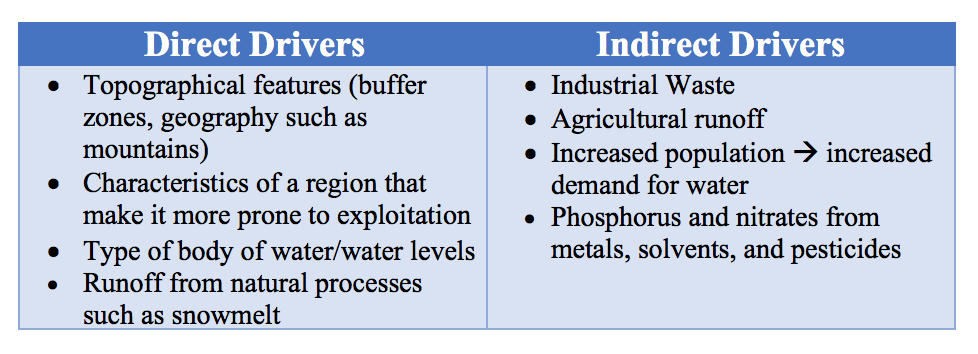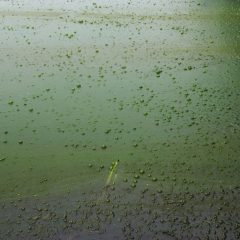
Policy Initiatives
Deng Xiaoping’s “Open Door Policy” in the late 1970’s ended China’s period of isolationism and allowed the influence of foreigners to expedite industrialization in China. Rapid deterioration of water quality resultant from the increased industrialization led China to take policy action.
China has some of the most stringent environmental protection laws but there are concerns with policy implementation, enforcement, and compliance in rural industrial areas (Wang, Webber, Finlayson & Barnett, 2008, p. 648). The continued pollution is therefore not entirely the fault of lacking policies.
According to the United Nations Environmental Programme, “ever since 1996, China has designated water pollution prevention as the essential work of environmental protection of the entire country” (UNEP).

This prioritization of water quality concerns has led to several new policies:
- Water Pollution Prevention Law
- Measure of the Implementation of Water Pollution Prevention
- New State Environmental Protection Agency (SEPA) water protection standards – Standards of Ground Quality, Comprehensive Standards of Sewage Discharge, Standards of Ambient Surface Water Quality
Click here to learn more about how the Chinese government is structured and functions to further understand how the governmental structure has influenced water pollution.
Scientific/Geographical Context
- Water pollution in China more drastically impacts rural regions, especially rural areas that have been industrialized in recent years due to…
- Lacking waste management programs in rural regions
- Inadequate enforcement of environmental law in rural areas due to “local protectionism” – the idea that local officials weigh their own interests (economic benefits) over environmental protection
- The degree of pollution varies and is partially dependent on the geographical setting. Pollution can be caused by point and non-point source pollutants, as well as direct and indirect drivers:

Demographics of Populations Impacted by Water Pollution
Water pollution in China most directly impacts the lives of people living along the basin of polluted rivers and lakes in China’s rural regions. Populations in these regions typically are of lower socioeconomic status and are more likely to be of a minority ethnicity within China. For example, twenty-six ethnic minority groups live within the urban and rural boundaries of Kunming, the capital of Yunnan province and a site of heavy rural industrialization and pollution (PRC 2008).
Works Cited
PRC Kunming Facts and District Guides. (2008). Retrieved from http://www.prc.study.com/kunming_city_facts_and_districts.shtml
SabineDeviche. (2015). China flag [digital image]. Retrieved from https://commons.wikimedia.org/wiki/File:China-flag-snd.svg
United Nations Environmental Program. (2005). Water Pollution Prevention and Control —- China’s Policies and Successful Experiences. http://www.unep.org/gc/gcss-viii/China%20IWRM.pdfhttp://www.unep.org/gc/gcss-viii/China%20IWRM.pdf
Wang, M., Webber, M., Finlayson, B., & Barnett, J. (2008). Rural industries and water pollution in China. Journal of Environmental Management, 86(4), 648-659. doi:10.1016/j.jenvman.2006.12.019
Wanghongliu (Photographer). (2010). The Dian Lake [digital image]. Retrieved from https://commons.wikimedia.org/wiki/File:%E2%80%9C%E7%BB%BF%E8%89%B2%E2%80%9D_%E6%BB%87%E6%B1%A0_The_Dian_Lake_-_panoramio.jpg
